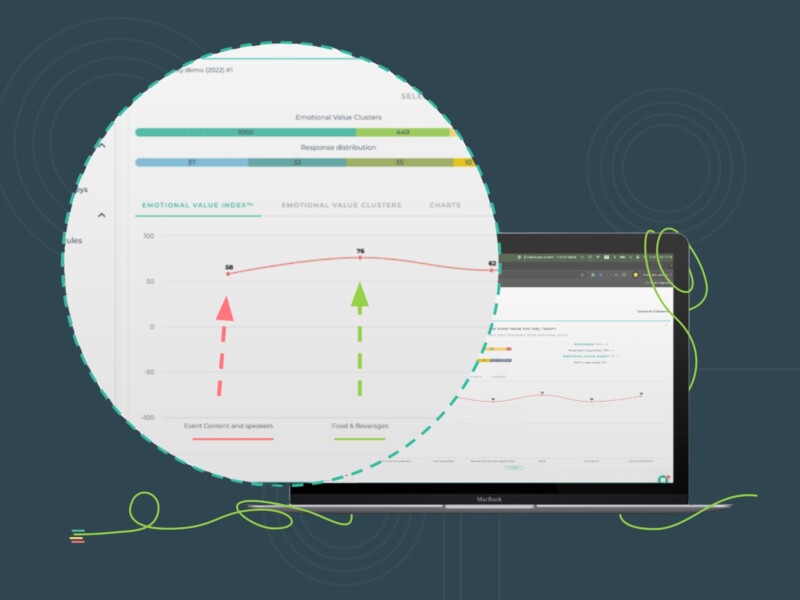Getting customers is hard so why not try to keep the current ones even longer? Keeping them should be easier than getting new ones. You know them already, you know what they want and you know what they expect of you – or do you? With fierce competitors building communities and aggressively marketing on price, you have to put real energy and effort into maintaining a consistent customer base. Just providing a great product or service is rarely enough to keep them coming back for more. You need to be able to create real customer loyalty. Loyal customers are those ones you want to have. And actually, according to White House Consumer Affairs It is 7 times more expensive to find a new customer than to keep an existing one and on average, loyal customers are worth up to 10 times as much as non loyal customers!
It’s tempting to concentrate on making new sales or pursuing bigger accounts. But attention to your existing customers, no matter how small they are, is essential to keeping your business thriving. The secret to repeat business is following up in a way that has a positive effect on the customer. Effective follow-up begins immediately after the sale, when you reach to the customer to say “thank you” and find out if he or she is pleased with your product or service – so everything starts with customer feedback.
Beyond this, there are several effective ways to build customer loyalty that ensure your business is always in the customer’s mind:
1. Let customers know what you are doing for them.
This can be in the form of a newsletter mailed to existing customers, or it can be more informal, such as a phone call. Whatever method you use, the key is to dramatically point out to customers what excellent service you are giving them. If you never mention all the things you’re doing for them, customers may not notice. You are not being cocky when you talk to customers about all the work you have done to please them. Just make a phone call and let them know they don’t have to worry because you handled the paperwork, called the attorney or double-checked the shipment — one less thing they have to do. In other words this is also closing the feedback loop. After you collect the feedback, you should let your customer know that you acted on it.
2. Write long-time customers personal, handwritten notes frequently.
“I was just sitting at my desk, and your name popped into my head. Are you still having a great time flying all over the country? Let me know if you need another set of luggage. I can stop by with our latest models anytime.” Or, if you run into an old customer at an event, follow up with a note: “It was great seeing you at the CDC Christmas party. I will call you early in the new year to schedule a lunch.”
3. Keep it personal
Voice mail and email make it easy to communicate, but the personal touch is lost. Don’t count these as the only legitimate follow-up. If you’re having trouble getting through, leave a voice-mail message that you want to talk to the person directly or will stop by his or her office at a designated time. Make sure everything is as personal as possible.
4. Remember special occasions
Send regular customers birthday cards, anniversary cards, holiday cards or small christmas gifts — you name it. Gifts are excellent follow-up tools, too. You don’t have to spend a fortune to show you care and many say that this is an old and dead habit. Even though you will be amazed what effect this has to your customers! Use your creativity to come up with interesting gift ideas that tie into your business, the customer’s business or his or her recent purchase.
5. Pass on information
If you read an article, see a new book, or hear about an organization that a customer might be interested in, drop a note or make a quick call to let them know. Of course you should also share your own materials that are usefull to your customer but don´t be ashamed to share other materials too. Your vustomer will respect you for helping them.



